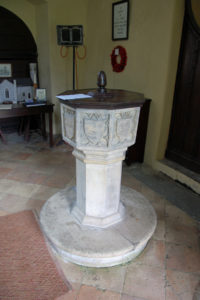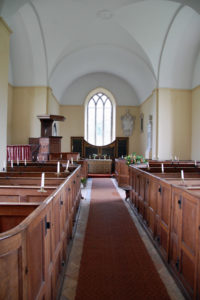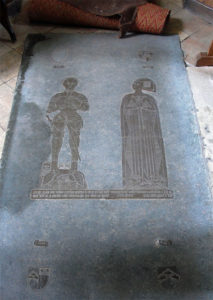Bylaugh St Mary
















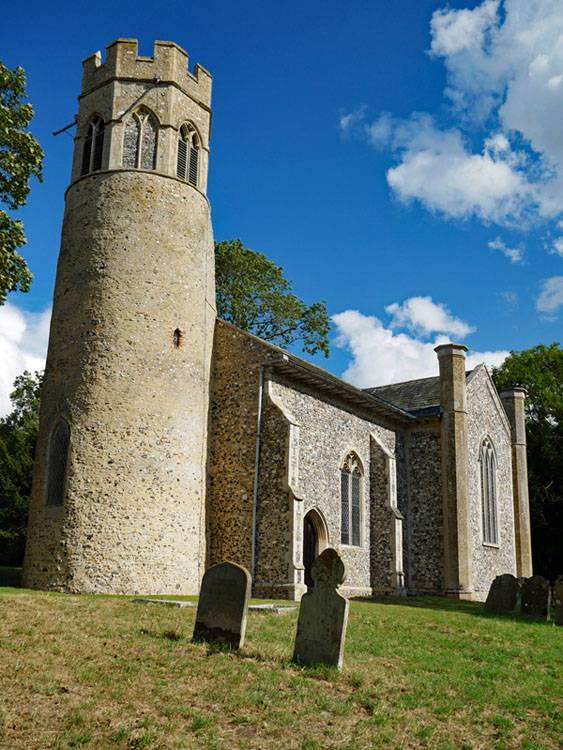
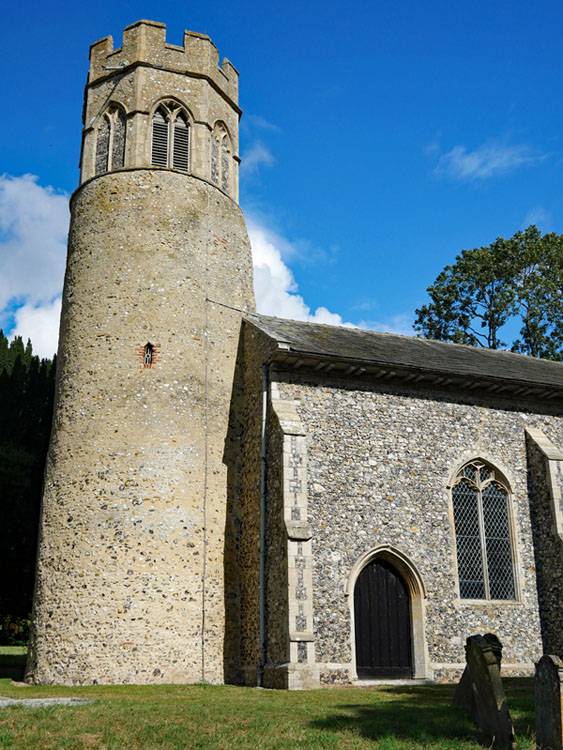
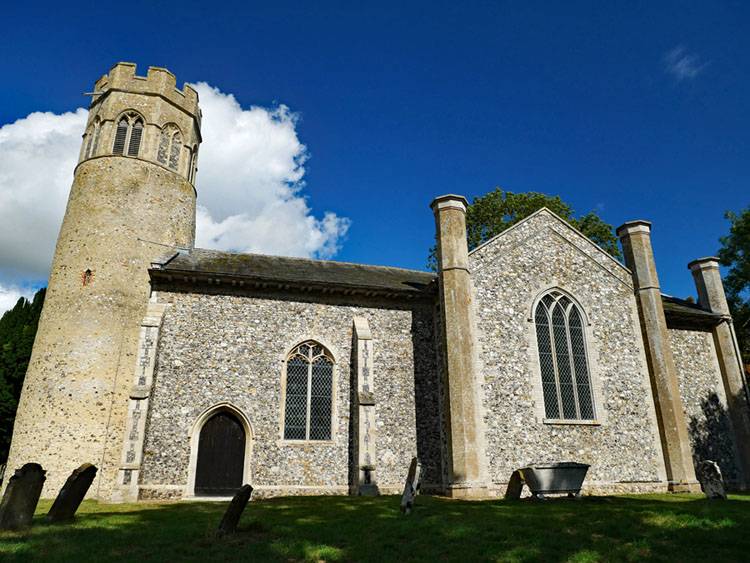
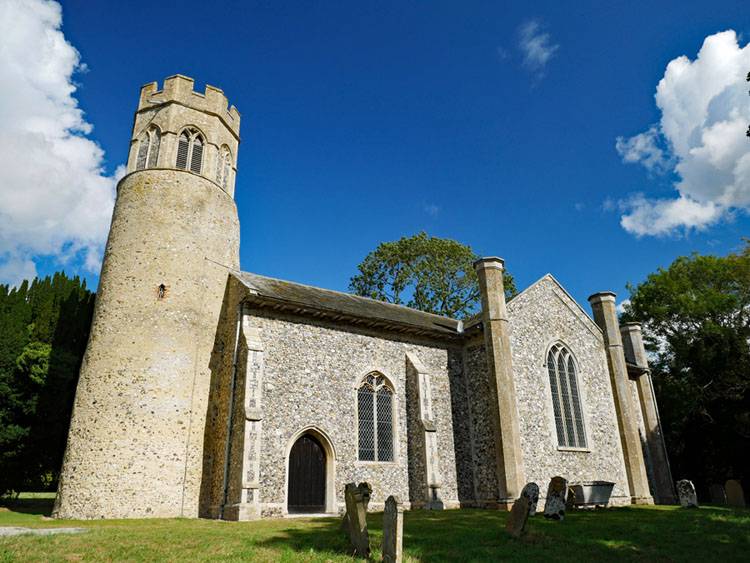
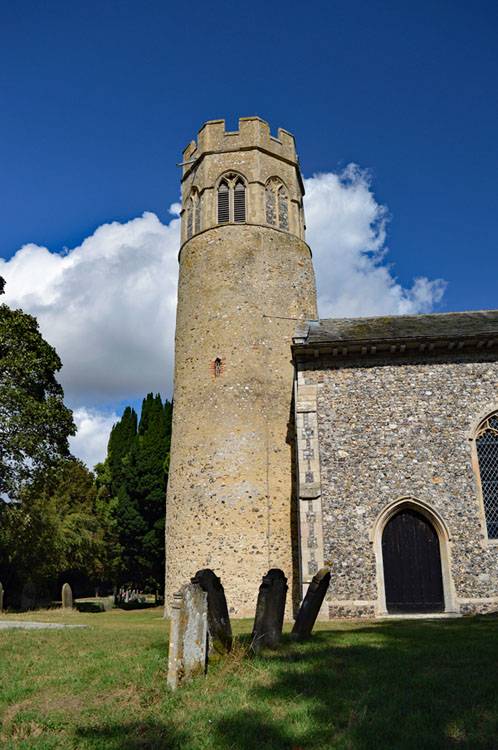

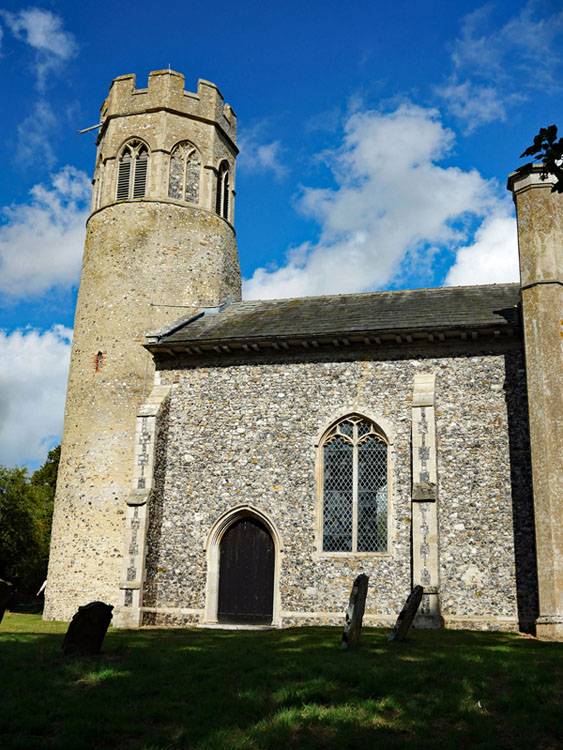
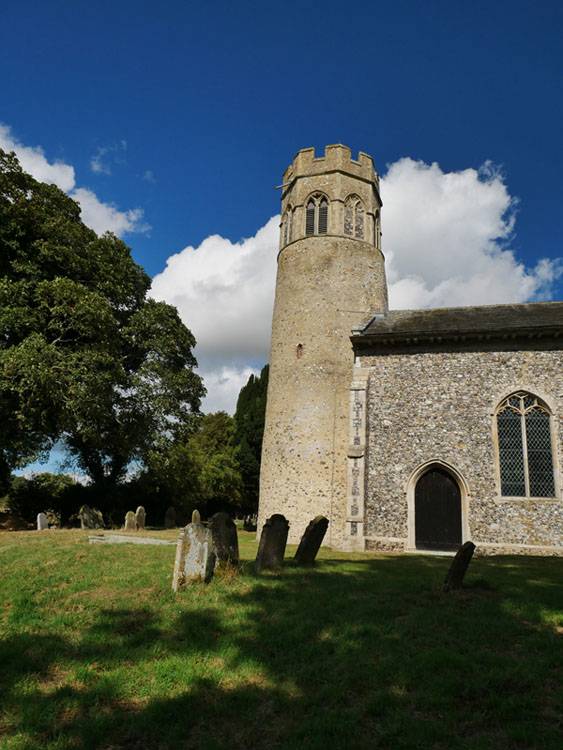
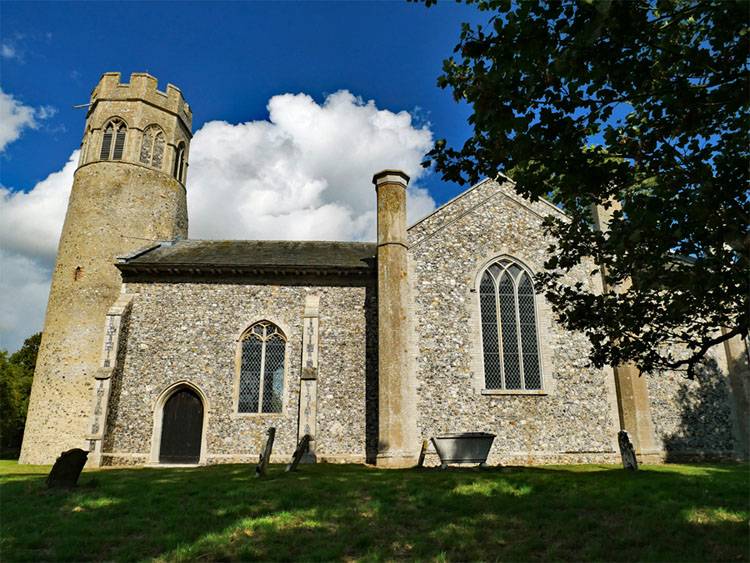
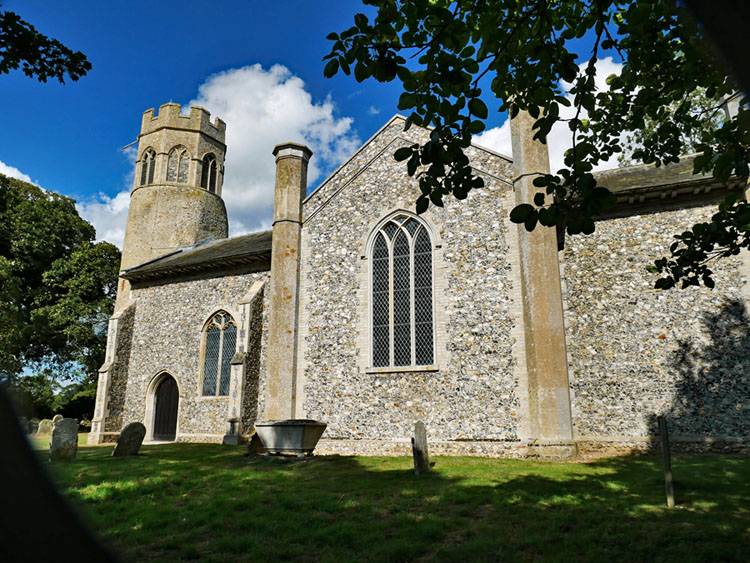







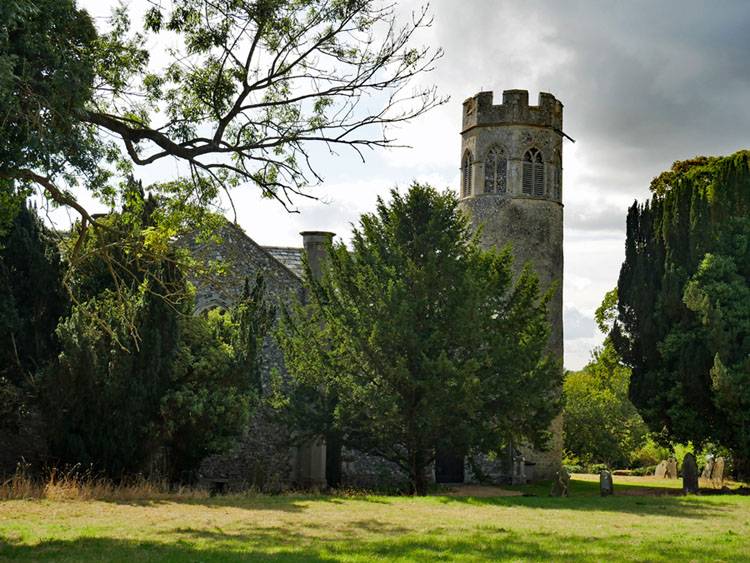






























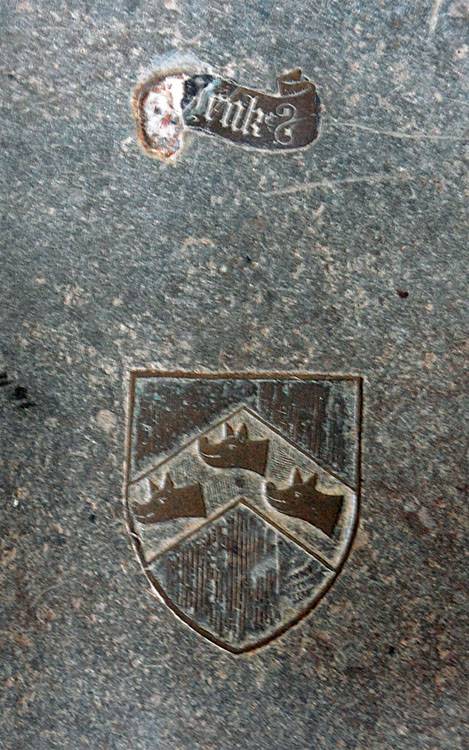
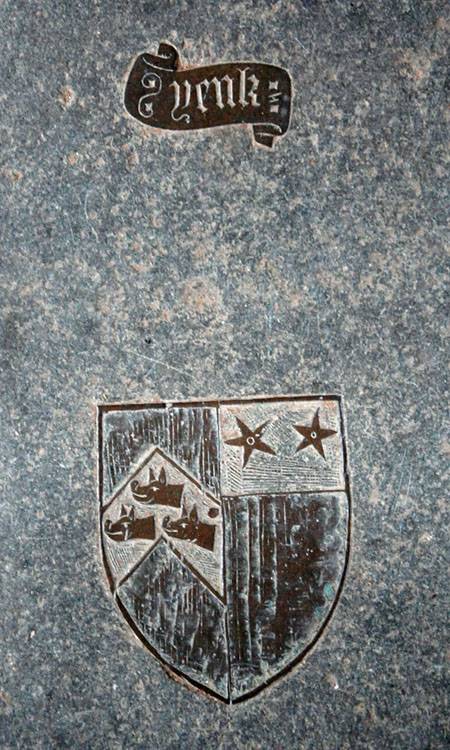
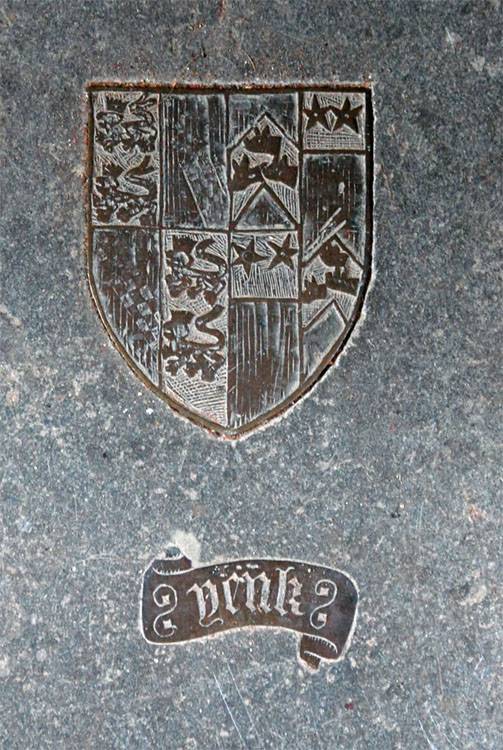
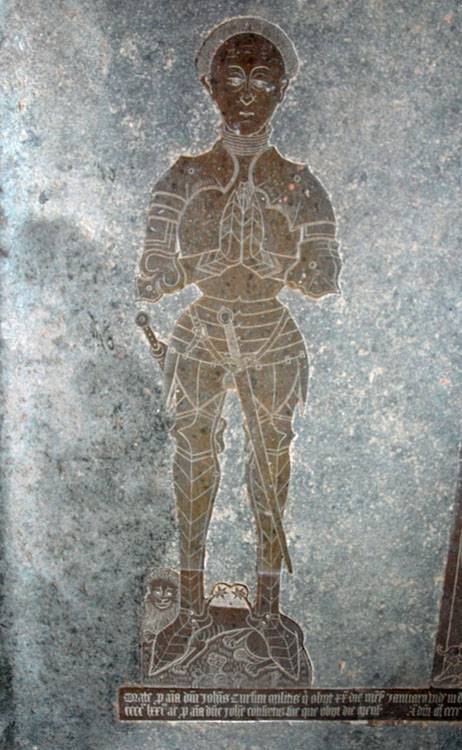
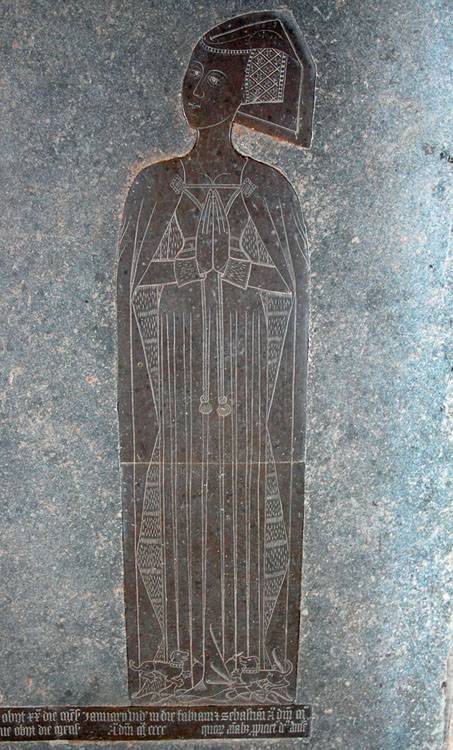
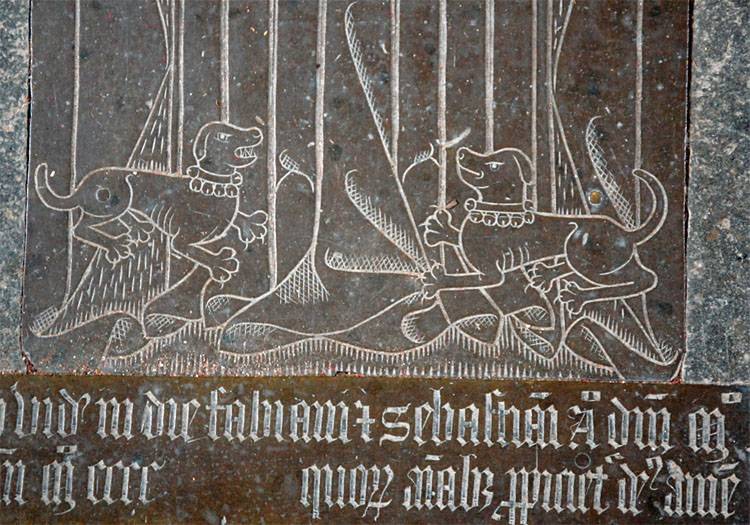
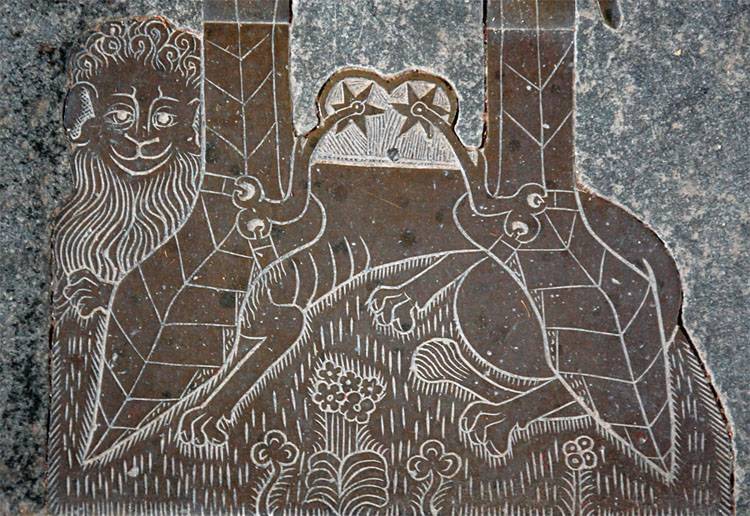







































































St Mary's Church Bylaugh
Where to find this church
Church Information
St Mary’s church is situated in the small rural village of Bylaugh, on the northern shore of the River Wensum, and just south to Bylaugh Hall. The name is pronounced “Bee-lõ”
This church is usually locked, but a key is available locally
* denotes external links that open in a new window
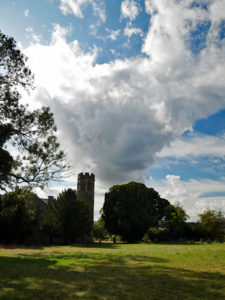
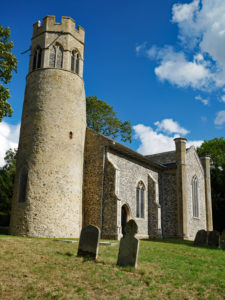
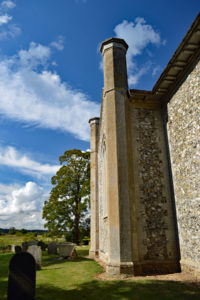
Visiting Bylaugh St Mary
St Mary’s in Bylaugh is a church I found locked with no keyholder listed on my first visit, which is of course always disappointing. For our second visit a couple of years later, my friend a co-author ‘Lyn Stilgoe from the Round Tower Churches Society had arranged to collect a key, and showed and explained us the interior of this beautifully positioned church. You get a wonderful view from the churchyard to the south of the church across the valley of the River Wensum that flows only a couple of yards below this church. It is also a very nice place for a picnic when the weather is really fine, as we learned some years later on another visit. This time, a notice where to obtain a key was pinned onto the door into the church.
Although this flint round tower stands much as it did when first built in the 14th century, the rest of the church was altered in 1809/10. It now has a shallow transept each side at the east end of the nave, and a short chancel. The east chancel quoins and those of the transepts are marked with tower buttresses (like chimneys), making an unusual outline for a country church. The tower has an octagonal belfry stage, built at the same time as the circular part. The four belfry openings have simple Y tracery, which is also to be seen with black flint proudwork (where the flints are set back into the stonework, not flush) on the alternate four panels.
Inside the church is full of high quality Georgian woodwork of the early 19th century. Box pews fill the nave, and near the north transept is a particularly fine three-decker pulpit. The lowest part is a desk for the Clerk, who led the responses, the middle stage is the Priest’s desk for taking the service, and then he went up to the top stage to preach the sermon. From this height he could see if any of his congregation had gone to sleep! The two shallow transepts are filled with larger “family” box pews, with its own fire place against the north and south walls!
The chancel is filled with wood panelling and a reredos of Georgian design, from the early 19th century. The reredos shows the Creed, Our Father and the Ten Commandments.
At the crossing, where the transepts branch north and south, is a special memorial brass set in the floor. It portrays the figure of Sir John Curson †1471, wearing plate armour with prominent spurs, and a lion at his feet. His wife Joanne has a small butterfly headdress, and has two little dogs with bells on their collars, at her feet.
The font, standing in front of the tower arch, is 15th century and has carved shields set in octofoils round the bowl. Probably these shields were originally coloured with family heraldry.
Conclusion: beautifully positioned church with plenty to discover
